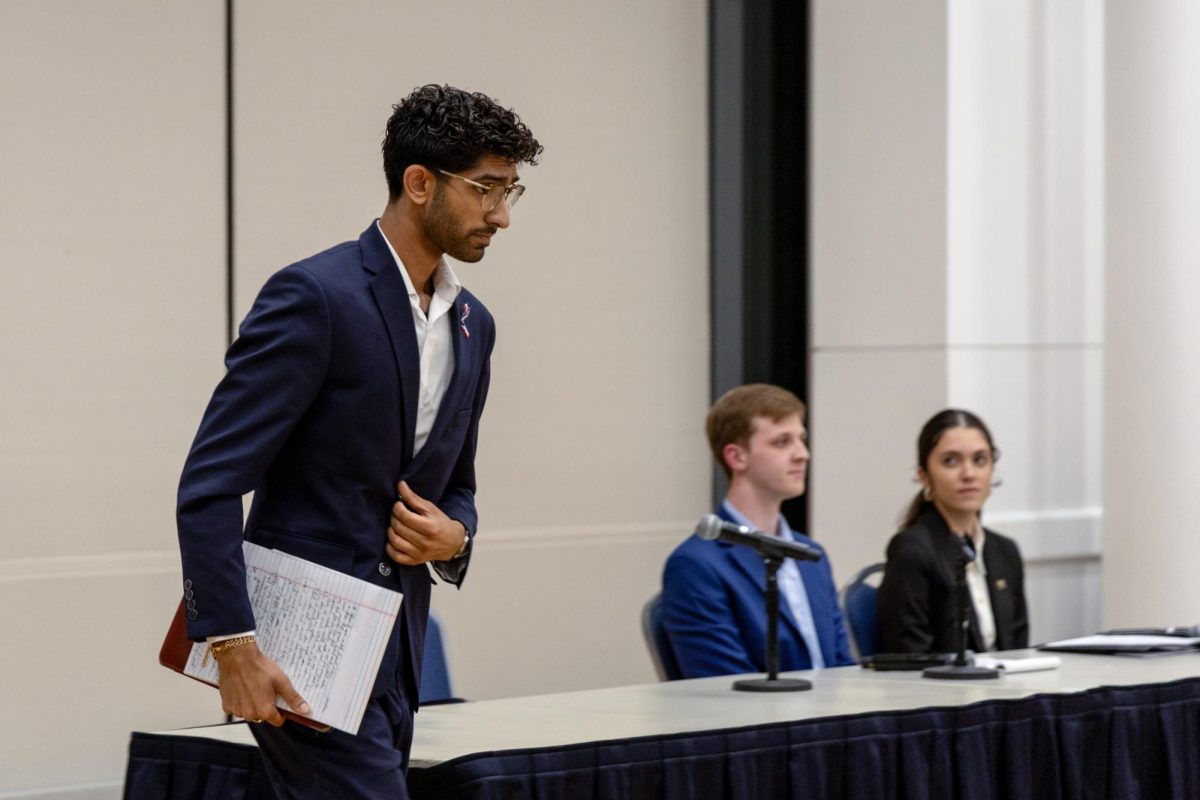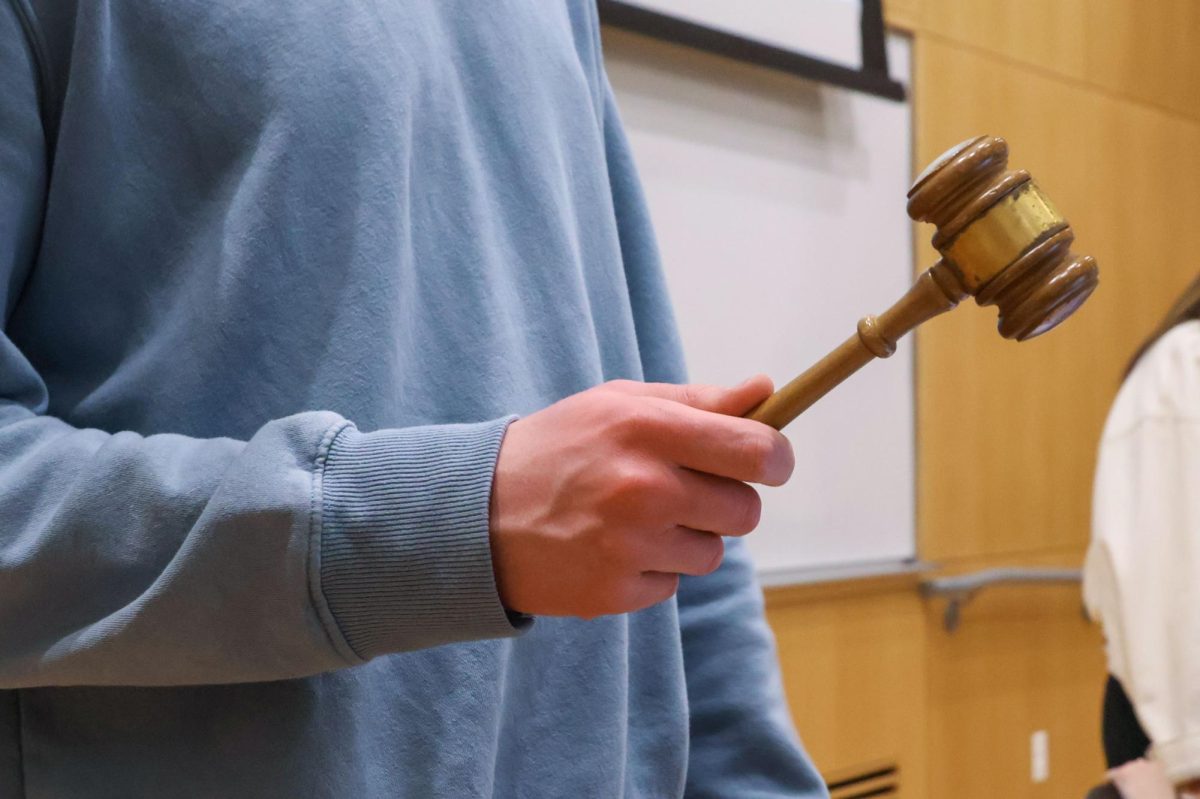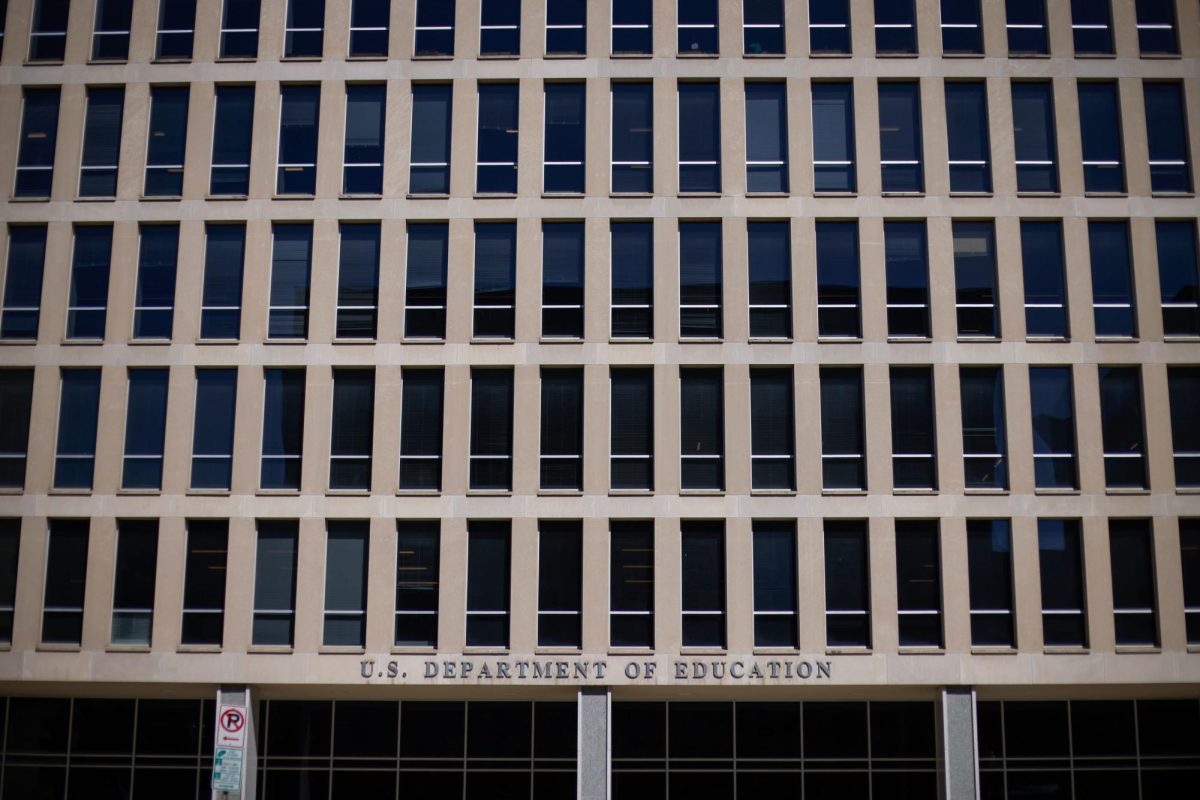
Updated May 14, 2014 at 2:10 p.m.
The University unveiled six low-stakes ideas Tuesday as part of a flagship cost-cutting program that has struggled to develop multi-million dollar strategies to save money for the past three years.
The latest round of Innovation Task Force proposals would save a total of about $1.4 million for the University annually, reflecting a slide in far-reaching goals. As the program enters its sixth year, officials are implementing more small-scale saving or revenue-generating programs.
In the task force’s first two years, it found ways to save about $17 million annually, but this round churned out pitches that would only bring in about 8 percent of that amount. That puts pressure on the administrators who University President Steven Knapp charged with finding $60 million a year to pump back into GW’s budget.
The group’s chair, Dave Lawlor, said Tuesday that $22 million of ITF-generated funds are currently part of the University’s fiscal year 2014-2015 budget. The task force has identified about $64.7 million in total opportunities, he said.
The six proposals in this round include plans for reusing furniture, reducing spending on food and limiting employees’ travel expenditures.
“It’s fair to say you’re going to get your bigger ideas right out of the gate, but that’s not to say in the next six months someone couldn’t come up with an idea that’s worth several million dollars,” Lawlor said after Tuesday’s presentation.

With an additional $60 million annually, GW would eventually be able to double the amount it spends on financial aid and faculty hiring since it now takes the same amount out of its endowment for those purposes each year.
Officials have struggled to find more areas where they can cut costs, and instead have started to create programs that can bring in revenue. But those inititiatives have come with high start-up costs that administrators didn’t expect. GW decided to no longer count an estimated $25 million worth of projects this semester because their dollar-earning potential was unrealistic.
Lawlor said it has become “harder and harder” every year to find places where the University can save money. But he said at an institution like GW, which boasts a $1 billion annual operating budget, officials will “never say” the University has run out of costs to slash.
The group has come up with strategies to maintain momentum year after year, he said. The task force picks a new theme to focus its efforts every six months and switches out members to bring in new ideas and excite different areas of the University.
“How do you keep things fresh? One of the things I ponder regularly is ‘What we can do that’s different?’” he said in an interview. “We continue to look for new and different ways to spark interest.”

Last month, two students earned $50,000 scholarships for ideas that will each save the University $1 million. Lawlor said the task force is looking for more ways to engage staff, students, faculty and neighbors to bring in diverse ideas, but declined to provide specific plans for outreach.
Lawlor said the group will “cancel ideas quickly that don’t seem to be good ideas” instead of spending time and money on programs that likely cannot pan out. Last fall, the ITF abandoned an initiative to create executive education programs and an online business degree after both failed to perform as officials had hoped.
“We can give it an honest try and if it doesn’t make sense, kill it sooner so those same resources can beef up the other ones,” Lawlor said.
GW expects to save $300,000 a year by setting up a system for reusing furniture instead of buying new pieces – an idea that is already informally in place.
Another project would save about half a million dollars by reusing design templates and standardizing the University’s marketing operations.
“It may have been many, many years since marketing was looked at holistically – if ever. We’re trying to balance the centralized benefits that are there with the decentralized nature of schools and their identity,” Lawlor said.
Dwight Dozier, the senior associate vice president for development, said his office has focused on certain groups based on data it collects, and said the University could apply a similar strategy to marketing.
“We’re making it more targeted, segmented, so we’re not sending everybody the same thing,” Dozier said. “You’re getting more value for every dollar sent because you’re sending it to the person you want to have see it.”
Though it would not set aside money for the University, the group also pitched a plan to encourage teachers to adopt electronic textbooks, saving about 20,000 students an estimated $200,000 each year.

The group floated an idea to install self-service kiosks at all GW parking lots instead of paying staff to man the areas, which would also trim about $220,000 a year off the University’s operating expenses.
Lawlor said one employee could monitor the lots remotely in case of issues like a broken gate or pay station. He said the group would also consider including information about parking lots on GW’s mobile app so visitors could check for available lots on campus from their mobile devices.
Several students and faculty at the presentation questioned the idea, voicing concern that students could be put in danger if they walk around a parking lot late at night and no employee is there to monitor the area. Lawlor said the group would hash out the idea with the University Police Department to avoid creating a safety risk.
Dean of Student Affairs Peter Konwerski said during the presentation that a new system would both help students trying to park and save the University money.
“If you’re an employee, there are different systems in different garages. So I think having one technology that every garage uses might bring cost savings even if it was partially manned,” he said.






